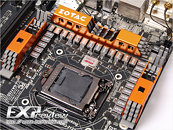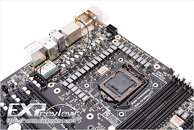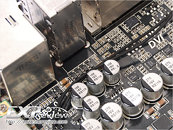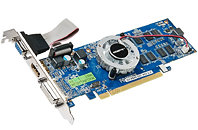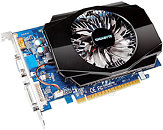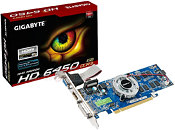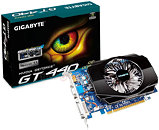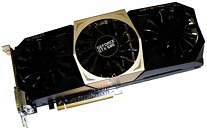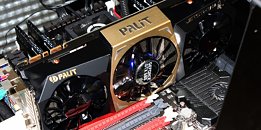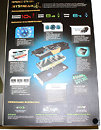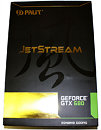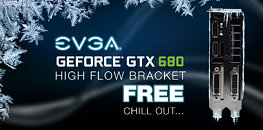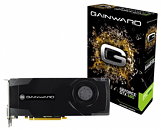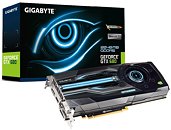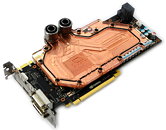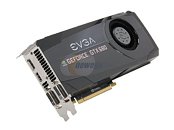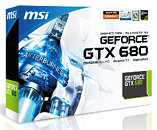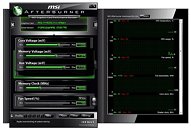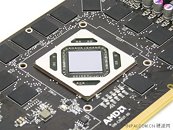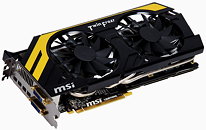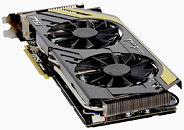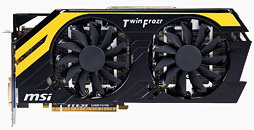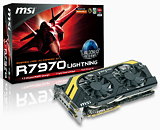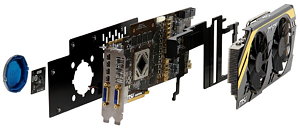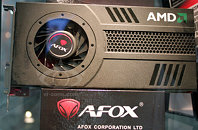
ZOTAC Unveils ZT-Z77-U1D SuperOverclock High-End Motherboard
ZOTAC unveiled a monster LGA1155 motherboard aimed at professional overclockers, and based on the new Intel Z77 Express chipset, the ZT-Z77-U1D. Pictured below, the designers' focus was evidently on giving the motherboard a very strong VRM, apart from just enough expansion and connectivity features for 2-way multi-GPU setups. To begin with, the LGA1155 socket is powered by a 27-phase VRM, which consists of AIO ferrite-core solid-state chokes, DrMOS, tantalum capacitors, and a super-ML multiphase capacitor to condition power. The VRM is controlled by a VRD12-compliant controller.
The LGA1155 socket is wired to four DDR3 DIMM slots, supporting dual-channel DDR3-2133+ MHz memory, and two PCI-Express 3.0 x16 slots (x8/x8, when both are populated). Other expansion slots include four PCI-Express 2.0 x1, wired to the Z77 PCH. All six SATA ports from the PCH are assigned as internal ports, that's two SATA 6 Gb/s, and four SATA 3 Gb/s. Display connectivity includes DVI, HDMI, and DisplayPort. Other connectivity includes 8+2 channel HD audio, 802.11 b/g/n, Bluetooth 3.0, gigabit Ethernet, six USB 3.0 ports (two on the rear panel, four via headers), and a number of USB 2.0 ports.
The LGA1155 socket is wired to four DDR3 DIMM slots, supporting dual-channel DDR3-2133+ MHz memory, and two PCI-Express 3.0 x16 slots (x8/x8, when both are populated). Other expansion slots include four PCI-Express 2.0 x1, wired to the Z77 PCH. All six SATA ports from the PCH are assigned as internal ports, that's two SATA 6 Gb/s, and four SATA 3 Gb/s. Display connectivity includes DVI, HDMI, and DisplayPort. Other connectivity includes 8+2 channel HD audio, 802.11 b/g/n, Bluetooth 3.0, gigabit Ethernet, six USB 3.0 ports (two on the rear panel, four via headers), and a number of USB 2.0 ports.

